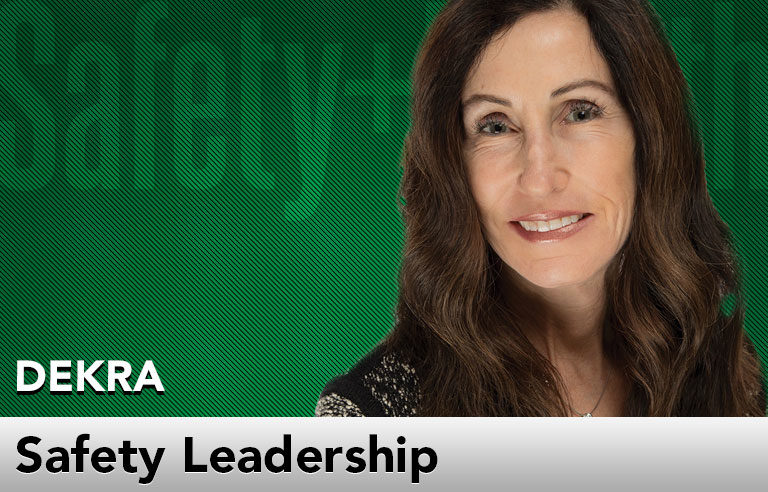Safety Leadership: The risk alignment challenge: How high-performing organizations respond

Editor’s Note: Achieving and sustaining an injury-free workplace demands strong leadership. In this monthly column, experts from global consulting firm DEKRA share their point of view on what leaders need to know to guide their organizations to safety excellence.
A worker is set to operate equipment on a customer’s jobsite and notices that the task requires the machinery to fit into a tight area. He feels uncomfortable and pauses briefly, but proceeds. Five minutes later, he drives into a piece of infrastructure, causing damage and setting off an alarm on the customer’s site.
Such situations play out all too often when employees are left to do the right thing but aren’t exactly sure what the right thing is. Pleasing the customer overrides value for personal safety and protecting the company brand.
Alignment can be a significant challenge for leaders. Trying to meet multiple goals at the same time may lead to certain goals conflicting with each other. Such conflicts can occasionally result in leaders and front-line workers making in-the-moment choices to get something done on time instead of taking the extra steps to do it safely. Frontline workers believe they’re doing what their leaders expect – achieving the production target and pleasing the customer.
When there’s misalignment, the tolerance to risk increases at the front line, where the risk of injury is highest. That means the team member most vulnerable to serious injury has the most to lose when making risk-based decisions. Organizations focused on safety excellence and becoming best in class must first achieve alignment and take particular actions to foster real-time decision-making within acceptable risk levels.
Often, we observe leaders communicating a clear message about the importance of investing time in safety. However, other messages – such as meeting customer expectations, meeting deadlines and delivering as planned – also cascade down. By the time messages reach the front line, safety can get lost or compete with seemingly more urgent messages. Because leadership decision-making in the field is made in real time, without the benefit of deep analysis or reflection, leading with safety while “in the moment” is crucial to helping workers understand what matters most.
High-reliability organizations have a value for safety embedded in every decision. The ability to rely on and predict that high performance will occur hinges on risk alignment. Through consistent daily actions and conversations, leaders indicate which behaviors are acceptable and which are risky, as well as which rules are to be followed and which ones are allowed to be ignored.
What happens when leaders and teams step outside the accepted risk standards? In a high-reliability organization, the response is consistent and predictable: “That’s not OK around here. Here’s how we keep things safe. Let’s get this corrected together.”
Meeting production targets and creating a quality product while meeting customer expectations are critical to success in business. So, what actions can leaders take to align quality and production with safety?
First, leaders must align on how they’ll make decisions, and then they must embed their value for safety into every conversation and decision. Second, leaders must communicate, with words and actions, their unwavering expectations for safe work. Finally, leaders should provide the front line with enhanced performance improvement skills that limit human error and further support team members in making the safe choice in the moment, even when conflicts arise.
We often get away with misaligned decisions. Eventually, though, a bad result will occur. Preventing this is what risk alignment is all about.
This article represents the views of the author and should not be construed as a National Safety Council endorsement.
 Elizabeth Prazeres is an organizational effectiveness and change management expert at dekra.us. Her experience includes organizational change, human performance reliability and safety leadership. Prazeres has worked in various industries, including oil and gas, utilities, manufacturing, equipment rental, transportation, chemical, and energy.
Elizabeth Prazeres is an organizational effectiveness and change management expert at dekra.us. Her experience includes organizational change, human performance reliability and safety leadership. Prazeres has worked in various industries, including oil and gas, utilities, manufacturing, equipment rental, transportation, chemical, and energy.
Direct to your inbox: Sign up to be notified in email about new "Safety Leadership" columns.
Post a comment to this article
Safety+Health welcomes comments that promote respectful dialogue. Please stay on topic. Comments that contain personal attacks, profanity or abusive language – or those aggressively promoting products or services – will be removed. We reserve the right to determine which comments violate our comment policy. (Anonymous comments are welcome; merely skip the “name” field in the comment box. An email address is required but will not be included with your comment.)

